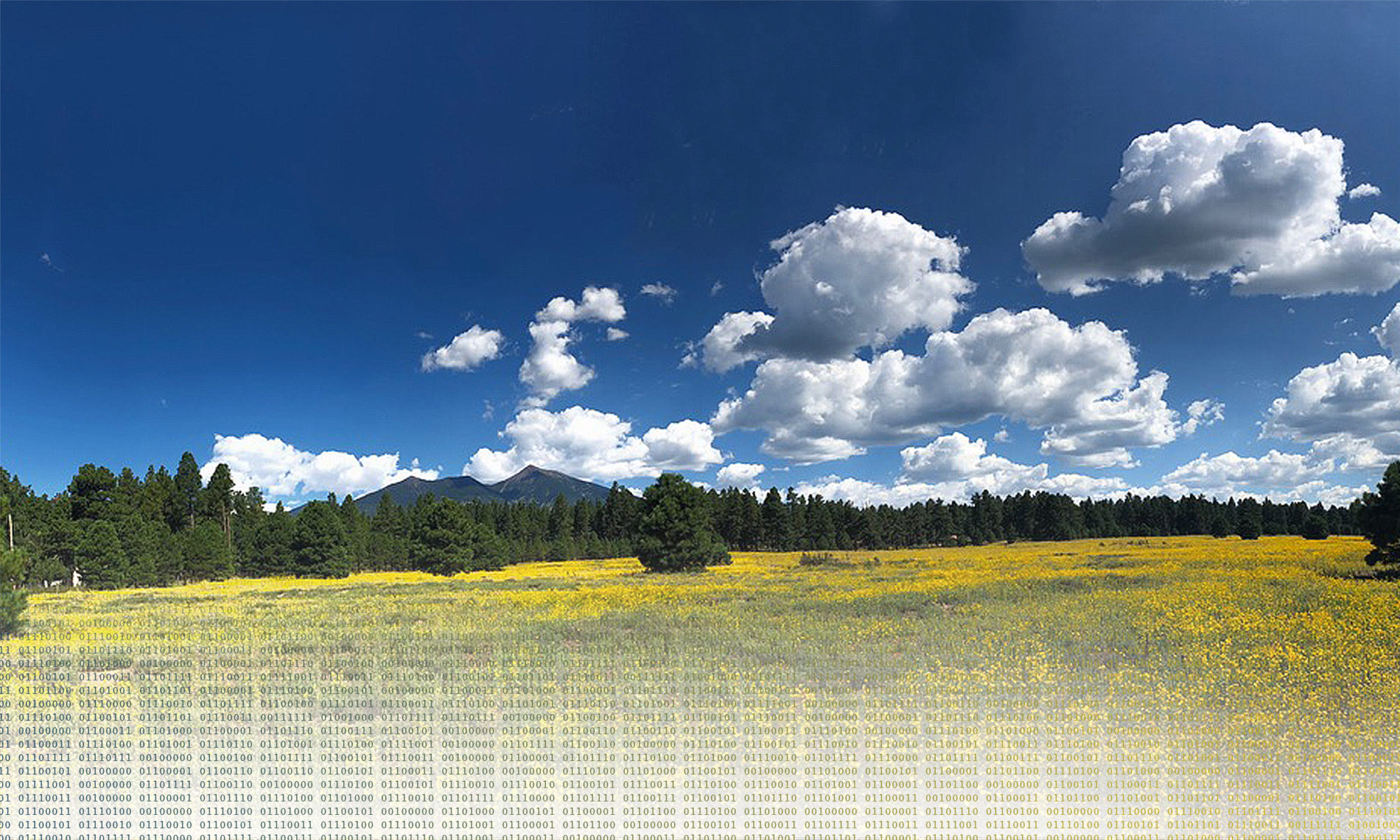Adapting Efficient Reservoir Neural Methods for Statistical Long-Lead Forecasting of Ecological Processes
If it is so difficult to forecast the weather a few days from now, how can we forecast the state of weather-sensitive ecological systems one year out? The atmosphere is a chaotic dynamical system, and because of that, skillful weather forecasts are only possible out to about 7 to 10 days. However, dynamical processes in the ocean operate on a much longer time scales, and many atmospheric processes depend crucially on the ocean as a forcing mechanism. Some of these processes can be forced remotely, leading to so-called teleconnections. This coupling between the slowly varying ocean and the faster varying atmosphere and associated processes, allows for the skillful prediction of some general properties of such systems many months in advance. These long-lead forecasts are important for activities such as agricultural and wildlife management, energy production, and disaster planning, to name a few. It has consistently been established that statistical models can provide some of the most skillful long-lead forecasts. However, it can be particularly challenging to specify parameterizations for nonlinear dynamical spatio-temporal forecast models that are simultaneously useful scientifically and efficient computationally, and that allow for proper uncertainty quantification. In some cases, when such information is available, one can embed mechanistic information into multi-level (deep/hierarchical) models to facilitate parameter reduction and interpretability. When such information is not available (such as with animal behavior) then alternative learning strategies such as deep neural models can be applied. One challenge with such methods can be uncertainty quantification and the necessity of having very large data sets for model training. Here I present an approach where we have integrated an alternative efficient “AI” spatio-temporal dynamical model, a deep echo state network, in a statistical framework to accommodate uncertainty quantification. This is applied to long-lead (one-year ahead) forecasting of settling patterns of Northern Pintails (Anas acuta) in the Prairie Pothole region of North America.

